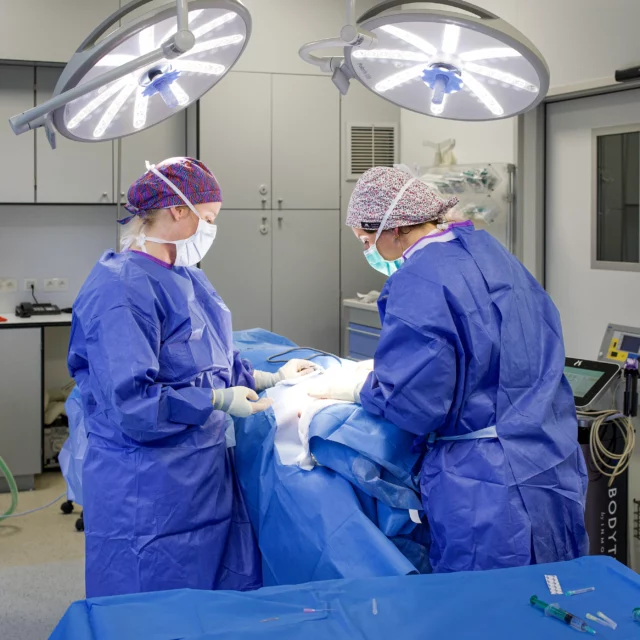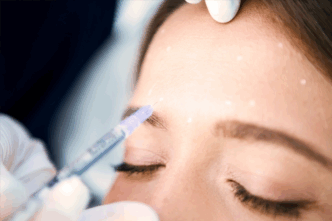What is nymphoblasty?
Nymphoplasty, often called labioplasty (or labiaplasty), is a surgical procedure dedicated to the correction and enhancement of the vaginal labia, both labia minora and labia majora. Beyond the aesthetic aspect, this intimate cosmetic surgery can meet functional needs and significantly improve quality of life for many women.
Over time, with hormonal variations, childbirth or simply genetics, some women may experience discomfort with the size or shape of their labia.
What are the most common indications?
Overdeveloped labia minora (hypertrophic labia), whose size is excessive compared to that of the labia majora, causing daily physical or aesthetic discomfort. The term hypertrophy is used when the size of the labia minora exceeds 4 cm. However, the notion of discomfort is a personal one, and labia minora can be bothersome with a size of less than 4 cm.
The benefits of nymphoblasty
- Aesthetic harmonization
- Greater comfort for your clothes
- Less sporting discomfort
- Intimate pain reduction
- Preventing irritation
- Discreet scars
- Increased trust

Nymphoblasty: a few important points
What are the risks associated with nymphoplasty?
Like all surgical procedures, nymphoplasty carries risks:
- Operation-related
- Infection
- Bleeding or hematoma
- Unsightly scars
- Loss of sensitivity
- Post-operative asymmetry
- Anesthesia-related reactions
How long does convalescence last?
Most patients can resume their daily activities after one week. However, it is advisable to avoid strenuous physical activity and intimate relations for about 4 to 6 weeks.
Are the results permanent?
Yes, the results of nymphoplasty are generally permanent. However, factors such as aging, hormonal variations or childbirth can influence the appearance of the vaginal lips over time.
Does nymphoplasty affect sensitivity?
Most patients report no loss of sensitivity after the procedure. On the contrary, some report increased sensitivity.
How much does nymphoplasty cost?
The cost varies according to the complexity of the operation, the surgeon and the clinic chosen. It is advisable to consult a specialist to obtain a precise estimate that takes into account the costs associated with the operation, such as pre-operative consultations, anesthesia and post-operative follow-up.
Your journey in 3 steps
- Consultation
- Surgery
- Post-operative follow-up



At a glance
45 minutes to 1 hour, under general anaesthetic
On an outpatient basis
After 1 day
For 1 week
1 week
A few days
It’s important to maintain good personal hygiene, especially after each trip to the toilet.
After 4 weeks
10 to 15 days, skirts are preferable to pants at first
4 to 6 weeks after surgery
The result
The result is immediately visible, but the final appearance can be appreciated after three months, the time it takes for edema to disappear and the labia minora to regain their suppleness and finesse. Scars, though present, are discreet and fade naturally over time.
The benefits of nymphoplasty are both aesthetic and functional, offering women new freedom and renewed confidence in their intimacy.



